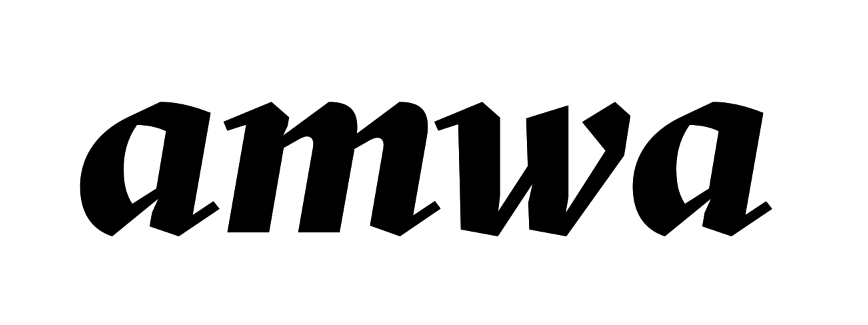opening saturday, october 13 at one archives at the usc libraries from 5–8pm
on view october 13–december 22, 2018
marwa arsanios, pauline boudry / renate lorenz, shannon ebner, and park mcarthu
curated by shoghig halajian and suzy halajian
a grammar built with rocks presents artistic practices that trace the racialized and gendered relationship between bodies and land, and question narratives of socioecological crisis that contribute to the displacement and erasure of people and collective formations. through a two-part group exhibition, public programing, and publication, the project aims to think with the land—materially and relationally—in order to unpack and historicize notions of waste and contamination as they relate to the politics of access, property, and the violence of land allotment. together, the featured works explore how the materiality of land permeates our identities and representational structures, and simultaneously molds the body.
the project appropriates its title from édouard glissant’s writings, as it looks to the ways in which the landscape contains, unfolds, and narrates its own history. it searches for traceable fissures within contested sites, as an aftermath of violence and altering states of upheaval. the exhibition at human resources considers the material, psychic, and social relations that constitute place as a site of knowledge production, and the “below” (below-ground, below-surface) as emblematic of both resistance and retreat. together, the works and programs ex-pose the violence inherent in geographic processes (of territorialization, privatization, and urban renewal) and offer artistic methodologies (of documentation, performance, and embodied archival practices) that surface buried histories and reorient perspectives to understand land as a bearer of relationships, resilience, and memory. the exhibition at one archives at the usc libraries extends this inquiry to center on the interrelation between the body and place, exploring how discourses of value and waste (through motifs of the toxic, the disposable, the contaminant) influence individual and collective spatial agency within the landscape, the institution, the state).
a grammar built with rocks began with research into the 1950s history of the chavez ravine evictions, and expanded with the following questions: how does unearthing soil, sediments, remnants, and buried life-forms open up space for concealed voices and histories, and reveal interconnected systems of power and violence on people and place? what does thinking geography relationally rather than territorially look like? how do meta-narratives of development, modernization, and crisis contribute to practices of dispossession?
the project includes the following exhibition and programming:
human resources la: http://humanresourcesla.com/event/a-grammar-built-with-rocks/
opening saturday, september 29 from 7-10pm
on view september 29–november 4, 2018
carmen argote, julien creuzet, daar (decolonizing architecture art residency), sandra de la loza, regina josé galindo, adam khalil, zack khalil and jackson polys, zara kuredjian, uriel orlow, gala porras-kim, susan silton, and cauleen smith
publication
newly commissioned and existing text contributors include: antke engel and renate lorenz, daar (decolonizing architecture art residency), sandra de la loza, raquel gutiérrez, shoghig halajian, suzy halajian, candice lin, and carl a. zimring.
a grammar built with rocks is supported by the cultural services of the french embassy, goethe-institut, foundation for contemporary arts emergency grant, one archives at the usc libraries, and pasadena art alliance.
image: pauline boudry/renate lorenz, toxic, 2012. installation with super 16mm film / hd, 13 minutes and archive. courtesy of the artists
